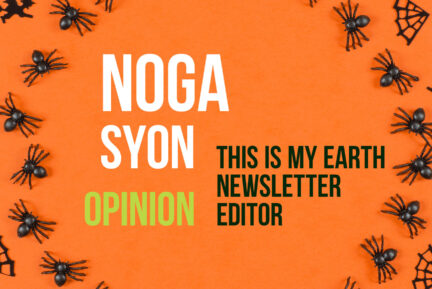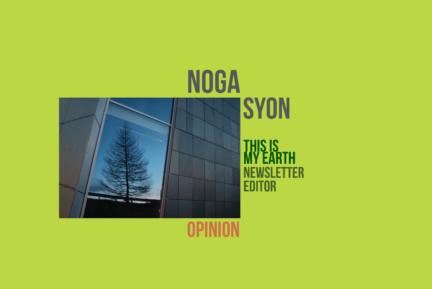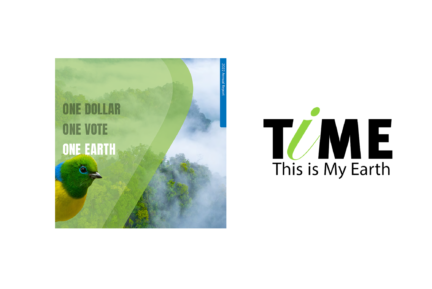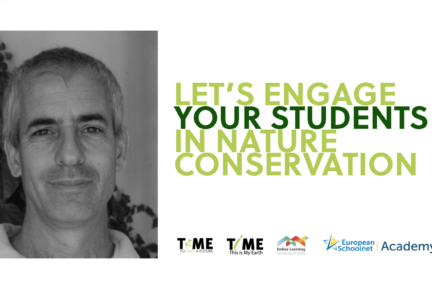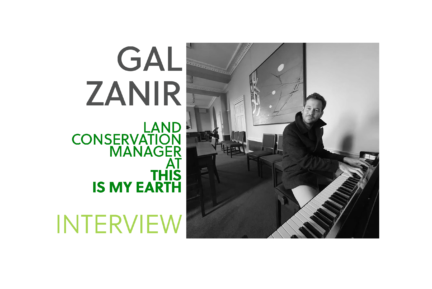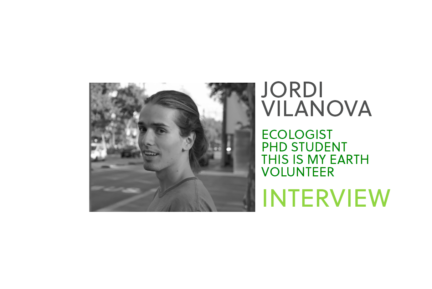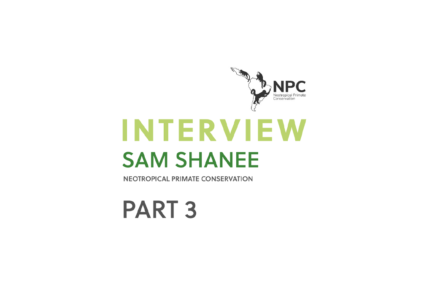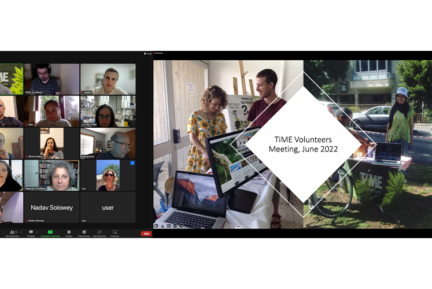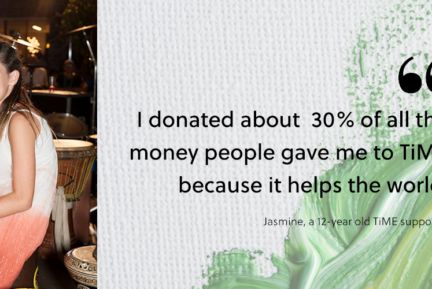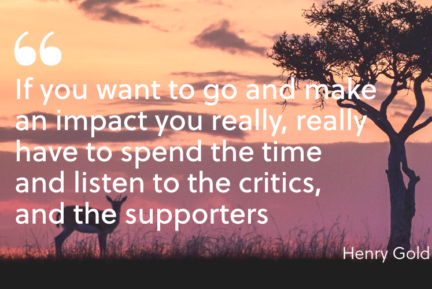
Whenever I visit European cities, my top goal is not sightseeing, exploring markets or trying new food, but seeing squirrels. There are no squirrels in Israel, where I live, and for me, seeing them roaming freely within an urban space is mind-boggling. The first time I saw a squirrel was in a small town in southern Austria: it crossed the street quickly, and I almost fell off my bike in astonishment. After that I tried to sit quietly between the trees and observe them; I was finally able to see squirrels up close in Vienna, when I purposefully arrived at the gardens of the Schönbrunn Palace at 5 am, equipped with a water bottle and my phone’s camera, and sat quietly inside the thicket, ignoring the locals’ amusement at the sight of me sitting in the bushes, as they went on their morning jog.
Of course, many cities have mammals living within their perimeters: monkeys often steal food and interrupt traffic in New Delhi, New York City’s raccoons have gained international fame (or infamy), and the street cats of Paris inspired an animated Disney movie. But urban wildlife is certainly not limited to these species, which are sometimes invasive or overpopulated. Cities are also home to insects, reptiles, spiders, plants, snails, birds, fish, microbes — and less photogenic mammals, such as bats, rodents and hedgehogs.
When we talk about biodiversity, we usually focus on the wild — and rightfully so: that is where an extensive amount of species can prosper without any human interference. That is why TiME dedicates itself to saving biodiversity hotspots and ensuring that they stay wild and uninterrupted. But biodiversity is also important when it is much closer to home.

An Unlikely Shelter
The fallacy of the antagonistic relationship between humanity and nature is accepted more and more widely as a fallacy, and yet we still tend to fall for it. We view cities as strictly human areas, devoid of all other species. But life — buzzing, flapping, chirping — is always all around us, in different shapes and sizes. In fact, the space inside cities is often more diverse than its immediate surroundings: the city hosts trees, shrubs, grass, and sometimes even lakes within parks, whereas its border areas are often monotonous agricultural landscapes.
The varying temperatures, hiding places and food sources make cities an attractive place for species that cannot survive in its vicinities. And many of these animals, which we often take for granted (such as rats, flies and pigeons), are part of the crucial biodiversity of Earth.
Furthermore, cities have become a refuge for several species, including some endangered and threatened ones. Some metropolitan areas conserve remnants of native ecosystems, as isles of forest, grasslands or wetlands, which do not survive in the farmlands at the outskirts. Native species also live at golf courses, cemeteries, airports and even schools and private lands.
In Australia, scientists have identified several species that rely on cities for their survival, including the Critically Endangered Western swamp turtle and several Critically Endangered species of orchids. In cities in Mexico and southeast Florida, private gardens with ornamental cycads have been found to conserve Eumaeus butterfly populations.
In Ioannina, Greece, a surprising abundance of local plants, including many endemic species, have been growing spontaneously; apparently, the low number of alien species in Ioannina, compared to other Mediterranean cities, has played a critical role in allowing the development of this unexpected hotspot. Similarly, fishers and coyotes have begun to reappear in cities across the United States, and Chicago has seen the return of otters after nearly a century.
When people conserve uncultivated areas within cities and when they plant a wide enough range of plants, animals that rely on them will come. During the first lockdowns of COVID-19, the world was struck speechless seeing images of a snowy owl and a bobcat in the heart of New York City, a puma in Santiago, sea lions in Mar del Plata, and many other wild species. These animals can survive in cities, and they do, when given the chance.
Small-scale diversity
Not only do we tend to separate ourselves from the natural world, we also tend to exclude insects and other arthropods from our conception of biodiversity. In reality, of course, this small-scale world is just as important, and it certainly lives all around us in the city. Yes, mosquitos bite, cockroaches transfer diseases, spiders build cobwebs in homes, and flies, bees and wasps fly around our heads incessanntly. But not only is their presence important for the whole ecosystem, their diversity balances out the problems they create.
For example, in an interview with TiME, biologist Dave Goulson explained how a diverse garden can encourage a balanced system, which attracts insects that feed on mosquitos. The prosperity of some insects, such as cockroaches and mosquitos, is due to changing temperatures and urban conditions that threaten other species; in turn, the declining number of these insects’ natural predators allows them to overpopulate. Thus more flora-diverse urban planning, designed to attract threatened insects, is not a dangerous breeding ground for mosquitos but a helpful tool in tackling the nuisance they pose.
Crucially, pollinator insects often prosper in cities even more than in their surroundings — perhaps due to the variety of flowers and a lower use of pesticides. The worldwide decline of bees, which poses great risks to plants, to species and to human food supply, is a phenomenon not yet fully understood; in this light, nurturing blooming gardens that support local species in urban spaces can be a first step in the right direction.
A reciprocal relationship
Time and time again, we are faced with proof that prioritizing nature does not come at the expense of prioritizing people. The abundance of nature in cities has been found not only to improve air quality and keep cities cooler, but also to improve mental health through a closer relationship between humans and wildlife. Studies have shown that children exposed to nature developed increased sense of connection to nature, as well as more social behavior and better overall mental and physical wellbeing. Close encounters with nature have also been shown to positively correlate with better academic performance and cognitive functions, critical thinking, teamwork, leadership and overall happiness.
Thus, encouraging greener spaces in cities — via parks, rooftop gardens and community gardens — can be an incredible tool to empower people, as well as to combat the climate crisis, all at once. And nowhere is this needed as much as in slums: the crowded space at the outskirts of some cities, comprised of shabby tin houses. The UN defines slums as urban areas that lacks durable, permanent housing that protects against weather conditions; sufficient living space (no more than three people in a room); easy and affordable access to clean water; adequate sanitation; and security of tenure. In 2019, 24 percent of the global urban population lived in slums, mostly in South America and the Caribbean, East and Southeast Asia, and Sub-Saharan Africa; this number is believed to have increased since COVID-19.
Introducing greenery into slums seems like one promising solution to improve their conditions. Yet, one of the problems is how dense the areas are — where would gardens even fit? During the COVID-19 lockdowns, in an attempt to ease growing hunger, a project in Indian slums provided seeds to allow people to grow their own vegetables, assuming that they would find their own planting locations. And they did. Children and youth were the key creative minds and utilized any small space, including broken buckets and paint tubs; friends spread the word and provided plants and seeds to other households. Simply providing the seeds fostered leadership, creativity, cooperation, better food security, an improved diet (due to the higher availability of fresh vegetables) and a greener cover within the slums.
While not technically a slum, the highly dense urban area of East Jerusalem recently pioneered a project of growing beehives on rooftops. This project encourages the recovery of bee populations and the development of urban green spaces, as well as leadership and financial independence for local women with traditional backgrounds. A UN project in Kathmandu similarly promoted rooftop gardening, rainwater harvesting and composting in low-income households. Using rooftops has several benefits: not only does it utilize the otherwise empty space, but it also offsets solar radiation and improves insulation (thereby reducing emissions and the expenses of cooling or warming the home).

City living
Urban agriculture or gardening is not a magic bullet. The economic benefits for families are limited, and it is highly unlikely that small-scale, organic agriculture can truly provide for the dietary needs of the growing human population. While cities can offer some refuge to some species, for most of them, it can never truly compare to the wilderness.
And yet, ever since the Industrial Revolution, urban centers have become the place to live for more than half of humanity. The Earth is covered with cities, including 37 megacities (such as New York City, Tokyo and São Paulo), with well over 10 million dwellers in each. While the dream of a small cottage in the mountains continues to tempt many nature lovers, it is impossible to house all of humanity in rural areas without wiping out even more wilderness.
And so, while encouraging urban biodiversity cannot be the only way to approach the biodiversity and climate crises, disregarding cities’ potential contribution to the ecosystem is nothing short of negligence. By focusing on preserving green spaces in cities, and planning them to support local flora, we can offer shelter to various animals; by promoting rooftop gardening and other creative ideas in the tight spaces, we can offset radiation, improve insulation, and encourage insect populations. With both we can improve our overall wellbeing and address some of the burning global human development problems.
One of the main principles guiding TiME’s educational approach is befriending wildlife: developing curiosity towards nature, as well as an emotional relationship with it, are great ways to encourage children to care about the environment. While virtual encounters with faraway wildlife are important for this purpose, remember that nature and life are all around you. We may grow accustomed to the animals we see every day, but think about the excitement these species might evoke in people who never see them roaming freely (like me when I see squirrels). The nature we see around us is no less magical, important and alive than any other, and even a bumblebee or a weed is an opportunity for excitement, appreciation and joy. Even the small act of planting a local seed on the windowsill will do good things for you, for local species, and for your neighbors.

Agarwal, Siddharth et al. 2021. “Vegetable gardening in slum homes for food security especially in COVID-19 and well-being in India”. European Journal of Public Health 31:3 (October 2021).
Cosier, Susan. “After a Century, Chicago-Area Otters Are Back—but They Aren’t the Same”. Natural Resources Defense Council. Published August 7, 2017.
Editorial. “Biodiversity”. Urban Green-Blue Grids. https://www.urbangreenbluegrids.com/biodiversity/
Guerry, Anne D et al. “Urban Nature and Biodiversity for Cities.” Policy Briefing. Global Platform for Sustainable Cities, World Bank. Washington, DC: World Bank, 2021.
Hall, Damon M et al. “The city as a refuge for insect pollinators”. Conservation Biology 31:1 (Ferbruary 2017): 24-29.
Kantsa, Aphrodite et al. “Urban biodiversity hotspots wait to get discovered: The example of the city of Ioannina, NW Greece”. Landscape and Urban Planning 120 (2013): 129-137.
Main, Douglas. “Raccoons are spreading across Earth—and climate change could help”. National Geographic. Publish July 29, 2019. https://www.nationalgeographic.com/animals/article/raccoons-expanding-range-climate-change
Marinelly, Janet. “Urban Refuge: How Cities Can Help Solve the Biodiversity Crisis”. Yale Environment 360. Published July 1, 2021. https://e360.yale.edu/features/urban-refuge-how-cities-can-help-solve-the-biodiversity-crisis
Pirchio, Sabine et al. “The Effects of Contact With Nature During Outdoor Environmental Education on Students’ Wellbeing, Connectedness to Nature and Pro-sociality”. Frontiers in Psychology 12 (2021): 648458.
Ramírez-Restrepo, Lorena et al. “Tales of urban conservation: Eumaeus butterflies and their threatened cycad hostplants”. Urban Ecosystems 20 (2017): 375-378.
Soanes, Kylie and Pia E Lentini. “When cities are the last chance for saving species”. Frontiers in Ecology and the Environment 17:4 (May 2019): 225-231.
UN Habitat. “Monitoring SDG Indicator”. Urban Indicators Database. https://data.unhabitat.org/pages/global-monitoring-of-slums
Zelensky, John M. “The Benefits of Getting Close to Nature”. Unesco. https://mgiep.unesco.org/article/the-benefits-of-getting-close-to-nature
Zezza, Alberto and Luca Tasciotti. “Urban agriculture, poverty, and food security: Empirical evidence from a sample of developing countries”. Food Policy 35:4 ( August 2010): 265-273.
